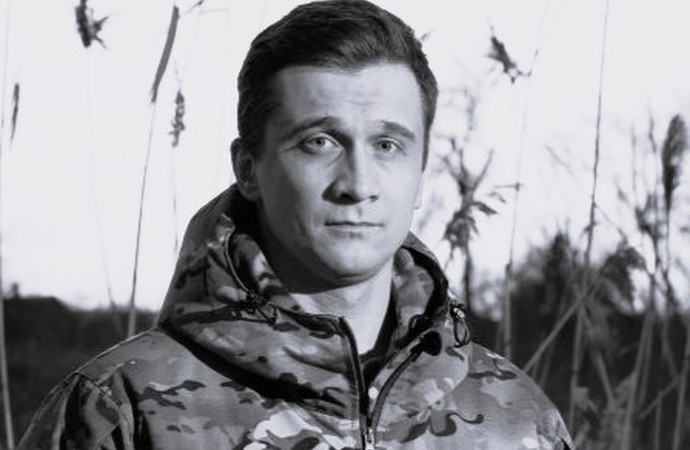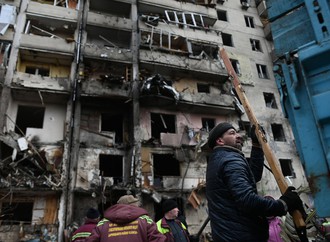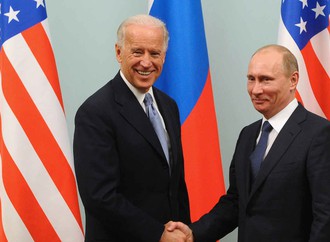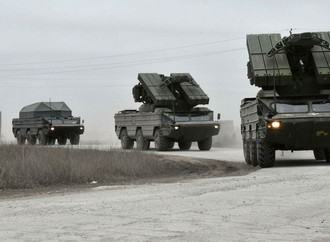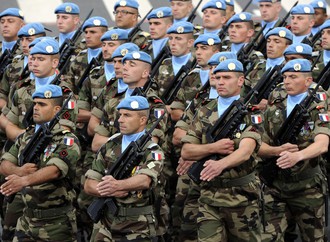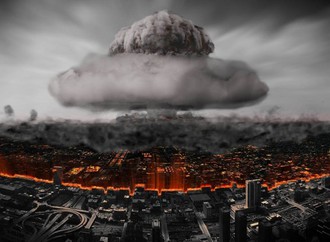In the future, historians will write books about what really happened during the current escalation. The archives will open, sources will talk. And the books will address what was discussed at diplomatic negotiations, what the Kremlin actually wanted as it made its unfulfillable demands, and why sources in the Western media ramped up the threat of full-scale invasion of Ukraine. And of course, the British Foreign Office’s claim that it exposed Putin’s plans to organise a coup in Ukraine.
But while I hope to read these books in the future, I am writing this from Ukraine in early 2022, where the government is trying to control the panic that is both gripping society and threatening to collapse the economy. Right now, I’m worried about the threat of Russian invasion, and how I, and other people, can avoid a new war when we have no idea what is happening behind the scenes diplomatically.
Can we use the current escalation to make progress on solving the conflict in Donbas, now in its eighth year? And when can I, like all the other Ukrainians who are from Donbas, finally visit our home?
On the front line
At the end of January, a Ukrainian think tank, the Center for Defense Strategies, analysed the risk of a Russian invasion of Ukraine. The authors of the report concluded that a large-scale invasion is unlikely in 2022. Much more likely, they said, was a range of other scenarios, such as a large-scale military escalation in the Donbas that would involve both Russian military forces and an attempt to break through the current front line. The American Institute for the Study of War came to a similar conclusion. Nevertheless, the media and politicians have paid this threat little attention, focusing on the more unlikely full-scale invasion.
Since 2015, the frontline in Donbas has hardly changed. The Kremlin has not needed further incursions, and Kyiv realised that if there was a large-scale attack, regular Russian troops would be brought in once again, like in August 2014. Positional battles have continued since, and not a month goes by without deaths on both sides of the front line. Only in the summer of 2020, after yet another ceasefire was signed, did we see a month without an exchange of fire. But by autumn 2020, the number of such exchanges began to gradually grow, before escalating sharply in April 2021 as Russian forces began to gather on Ukraine’s borders.
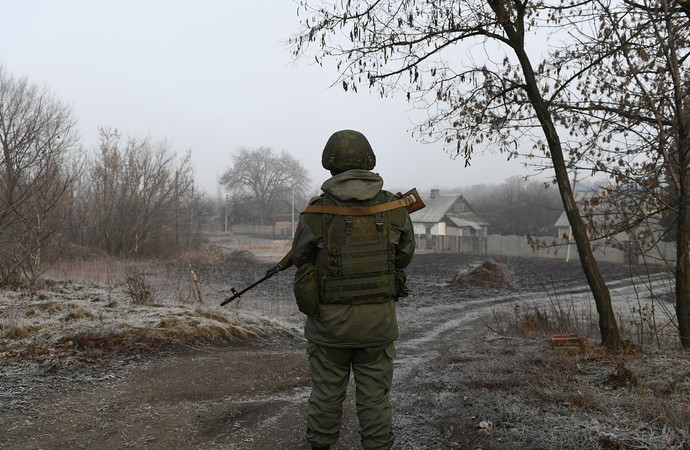
From a military point of view, the ongoing fighting in the Donbas makes little sense: it changes nothing on the ground. But when the military forces are so closely positioned, the line of contact stretches 400km and there is a high level of distrust between the sides, it is difficult to stop the constant gunfire and shelling. Indeed, periodic escalations can be deployed for political pressure, and a deterioration in relations can cancel any progress in holding the ceasefire. In Ukraine, constant news about soldiers and civilians killed has poisoned the political atmosphere, deepening the distance between people on both sides of the frontline.
Under these circumstances, there is one obvious solution – and one that is only more relevant today: the introduction of UN peacekeepers.
Of course, such a move will not guarantee the ceasefire regime. But the presence of a neutral third party at the frontline would raise the cost of breaking the ceasefire. Moreover, a UN mission could help the sides overcome their distrust and pull back troops and equipment on both sides.
Several clear questions arise here. First, introducing peacekeepers would require Russian agreement, given its status as a permanent member on the UN Security Council. This is the main reason why peacekeepers have not yet been introduced, and right now the Kremlin claims that Ukraine is planning a military advance on Donbas, despite there being little evidence to suggest this is the case. Indeed, if Russia is truly concerned about a Ukrainian advance, then why would it not agree to UN peacekeepers?
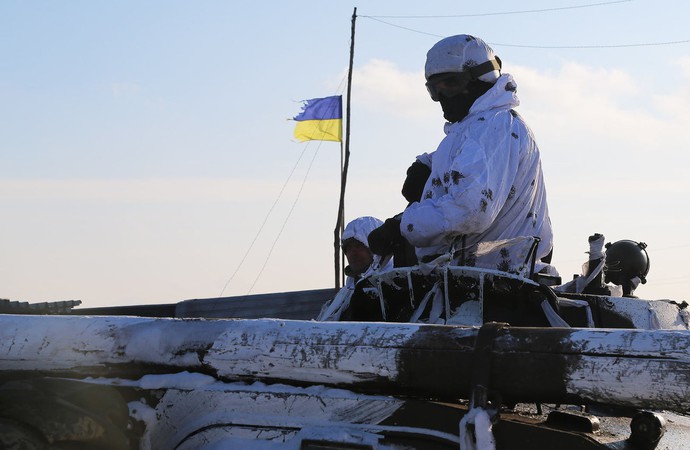
Other problems include the fact that the introduction of peacekeepers only to the front line will likely ‘freeze’ the conflict, rather than regulating and solving it. And then the constant threat of ‘unfreezing’ the conflict will emerge: Ukraine could, at any time, withdraw its approval for peacekeepers, and Russia could veto continuing their mandate, as it did in 2009 with the UN Observer Mission in Georgia. Although freezing the conflict is better than another war, it is worth finding ways in which peacekeepers could help to solve, rather than freeze the conflict.
Exit from a dead end
The Minsk agreements, signed in 2014 and expanded in 2015, provide for a ceasefire and the political reintegration of Donbas. The agreements do not cover the introduction of UN peacekeepers, but do not preclude it, either. Indeed, UN peacekeepers are the only realistic way of carrying out the political section of Minsk, which includes local elections in the areas outside of Ukrainian government control and autonomy status for Donetsk and Luhansk regions in the Ukrainian constitution. In the past few years, several experts, both in Russia and the west, have pointed out that the very introduction of UN peacekeepers could lead the peace process out of the wilderness.
One of the main stumbling blocks in the peace process is the election issue. According to the second Minsk agreement, elections in Donbas should be carried out according to Ukrainian laws, before Kyiv re-establishes control over the Ukrainian-Russian border in eastern Ukraine. The agreements do not lay out how Ukraine can hold elections in territories outside of its control. Perhaps it was still possible in 2014, at the start of the war, when the Ukrainian parliament passed a law on Donbas’ special status and set elections in Donbas for December that year. (In the end, those elections did not happen. Separatist forces carried out their own elections the month before, and then simply made up their results.)
There are reasons, then, for Ukraine to be concerned that carrying out elections in Donetsk and Luhansk regions without security guarantees, including for displaced persons returning home, will lead to the legitimisation of the separatist authorities and the formation of a separate state within Ukraine. These fears were confirmed by former Russian presidential advisor Vladislav Surkov last year, when he said that the essence of the Minsk agreements was to ensure that Ukrainian law did not apply in Donbas, and that Ukraine should instead claim ‘symbolic sovereignty’ over those territories.
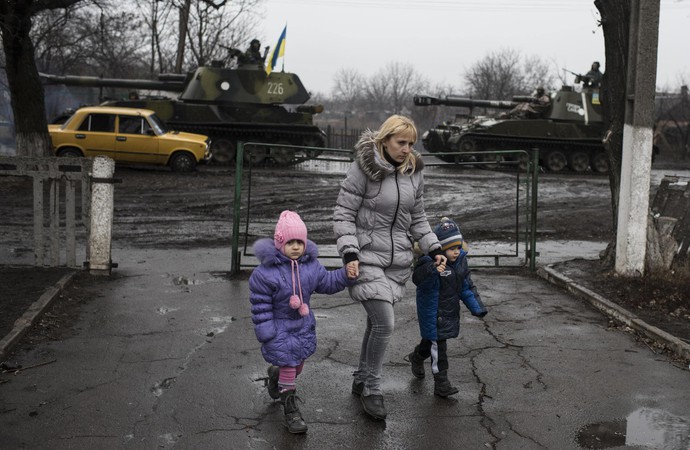
This is not the only threat posed by Russia’s interpretation of the Minsk agreements. No less important is the potential escalation of violence. The problem here starts from the fact that paragraph 10 of the Minsk 2 agreement foresees the removal of foreign troops and that illegal military formations, e.g. separatist forces, should demilitarise – yet it does not specify when this should happen. The Kremlin still denies the very presence of regular Russian military operations in Donbas, without mentioning when they will be removed. At the same time, the separatists want to legalise their own forces as ‘people’s militias’, although Ukraine’s law on special status states that people’s militias should be formed after local elections and guided by the newly formed legitimate authorities.
By drawing up Russian military forces to Ukraine’s borders, Putin may have counted on coming to an agreement with Washington – to force Kyiv to implement the Minsk agreements as the Kremlin sees fit. But the chance of any Ukrainian government agreeing to this is close to zero. A 2021 poll in Ukraine reported that 70% of respondents agreed that holding elections in Donetsk and Luhansk regions on separatists’ conditions was unacceptable.
This is an extreme case, as this and other polls suggest that 50-65% of respondents called other Kremlin demands ‘unacceptable’. But it does show the possible levels of support that a nationalist opposition could receive if the Ukrainian government does opt to fulfill Kremlin demands. Approval ratings for President Zelenskyi’s party have already dropped lower than those of former president Petro Poroshenko, and so it is difficult to imagine what could force him to make concessions to the Kremlin.
More than a few armed conflicts in the world have flared up after an alleged political settlement. There is a threat that this could happen in Donbas. To ensure the safe conduct of elections and to prevent an upsurge in violence, a neutral third force is needed in the conflict zone, as well as a transitional period. According to polling conducted in 2019-20, around 55-57% of people could support the introduction of UN peacekeepers in eastern Ukraine.
Is it possible?
The idea of introducing UN peacekeepers in Donbas has already been promoted on the official level. In March 2015, Kyiv asked the UN to examine whether it was possible to deploy peacekeepers, but Moscow stood against it. In the spring of 2017, it was, unexpectedly, Putin who mentioned the prospect of UN peacekeepers in the Donbas, but he proposed giving them only a mandate to protect members of the Organization for Security and Co-operation in Europe mission in Ukraine, which, in practice, would not change anything on the front line, and this initiative went no further.
After Volodymyr Zelenskyi’s victory in 2019, the peace process was re-activated, but the issue of UN peacekeepers practically disappeared from public discussion. This was possibly Zelenskyi’s biggest mistake in terms of his Donbas policy. Instead of bringing this issue up again as negotiations with Russia entered a dead end, Zelenskyi made a significant change in policy, introducing sanctions against Ukrainian citizens for pro-Russian activity and shutting down pro-Russian TV channels. As Ukrainian human rights defenders concluded, these moves violated fundamental principles of the rule of law, grossly violated the Constitution of Ukraine, and bore signs of the usurpation of power.
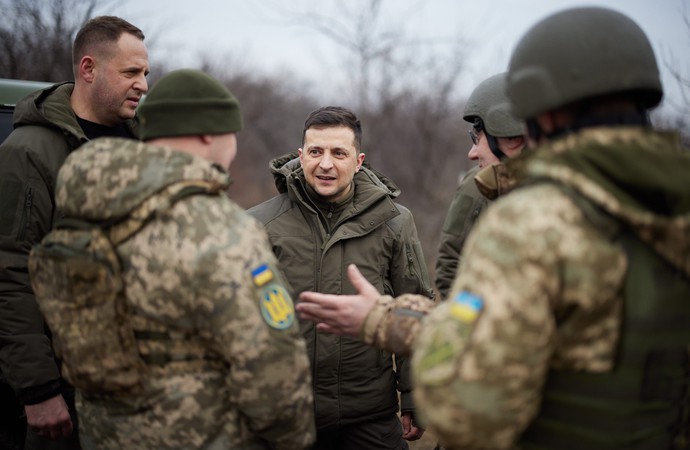
Without a doubt, the main reason for Zelenskyi’s passivity on the UN peacekeeper issue was the lack of approval from the Kremlin. According to UN Resolution 377 (V) ‘Uniting for Peace’, Russia’s veto on the Security Council could be bypassed by bringing the issue to the UN General Assembly, yet no state would send peacekeepers without approval from the Kremlin and the authorities it controls in Luhansk and Donetsk. Still, bringing the issue to the UN General Assembly could be a part of a campaign of international pressure on Russia to agree to UN peacekeepers.
Many of the questions over who would make up the peacekeeping force and its mandate could be the subject of a compromise between Ukraine and Russia. It would be logical to invite states that are neither members of NATO, nor the Russian-backed Collective Security Treaty Organisation. But Russia’s lack of compromise on this issue increases the risk that this conflict will be ‘solved’ only by force. If the Kremlin continues to resist the proposal to deploy UN peacekeepers, it will show that Russia is not interested in peacefully solving the conflict, but retaining control over Donbas and further destabilisation of Ukraine.
More realism
I know that there is scepticism about how effective UN peacekeeping troops are, given their failures in the former Yugoslavia and Rwanda. Yet there have been successful missions, such as South Sudan, and the UN’s failures should make us analyse the reasons for these failures, rather than refusing this model altogether.
I also know that there is a lot of criticism over UN peacekeepers’ rough and brutal treatment (including accusations of sexual exploitation) of civilian populations, whom they are supposed to protect. But after eight years of war, the Donbas has already become an environmental catastrophe. According to the UN, Donbas is now one of the most-mined place in the world. Rather than complicating the situation, UN peacekeepers could kickstart the demilitarisation process.

I also understand that, for many outside Europe, the war in the Donbas may look like an insufficiently serious problem to warrant a significant peacekeeping contingent. It is a war in a country with a population of more than 40 million, and broke out in a region with a population of 6.5m – and killed 14,000 people. The absolute majority of the more than two million people who moved from Donbas to other regions of Ukraine and to Russia have successfully integrated. In contrast to the millions who perished in the Second Congo War between 1998 and 2003, where the largest UN peacekeeping contingent is still located, Donbas does not really look like a serious problem.
And yet as we have seen in recent months, the war in Donbas is serious because of the states that are involved in it – and the risks it contains within it. If the international community wants to rid itself of the risk of the spectre of a Third World War, then it has to engage the imperfect system of international security that we have.

